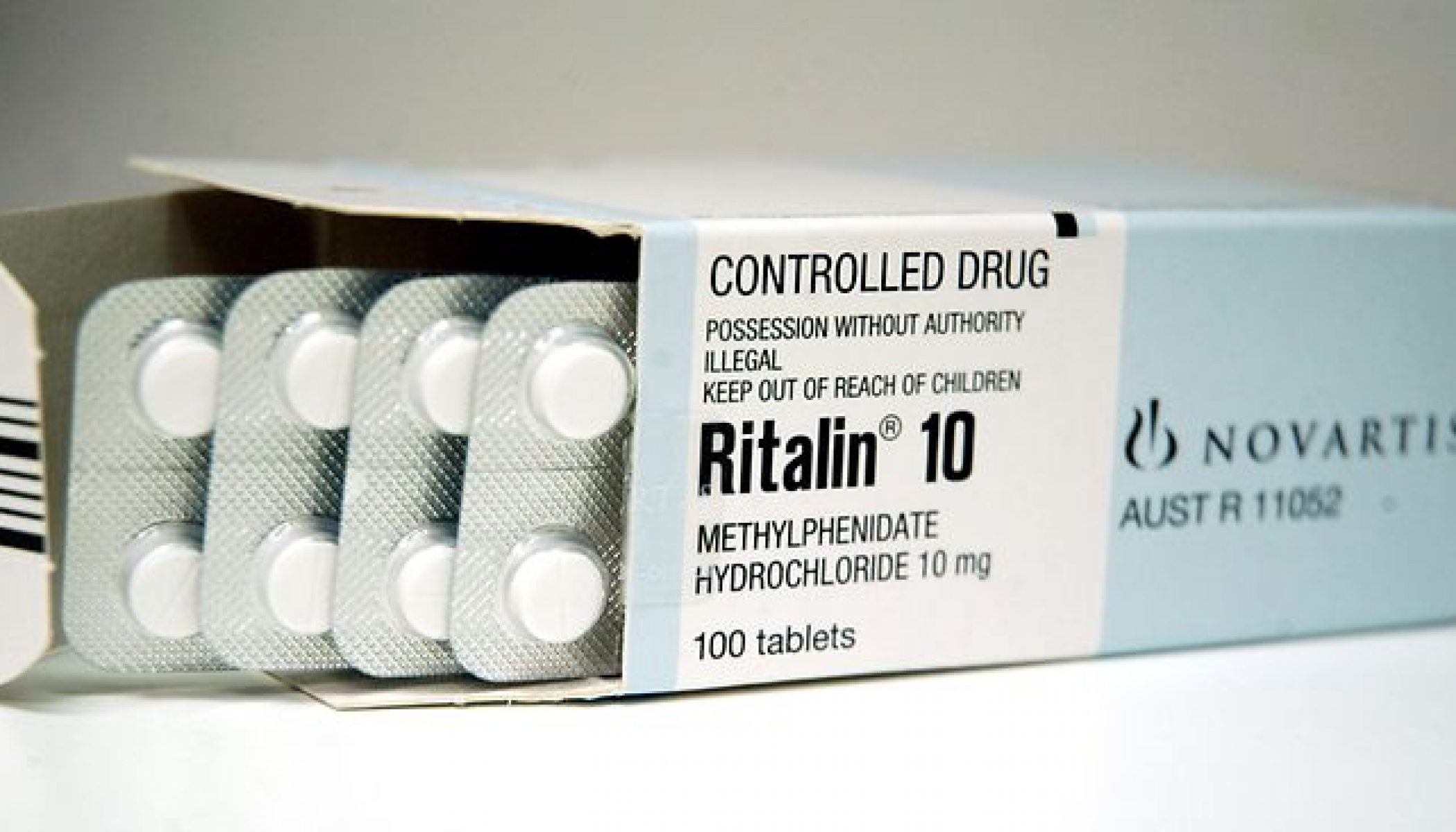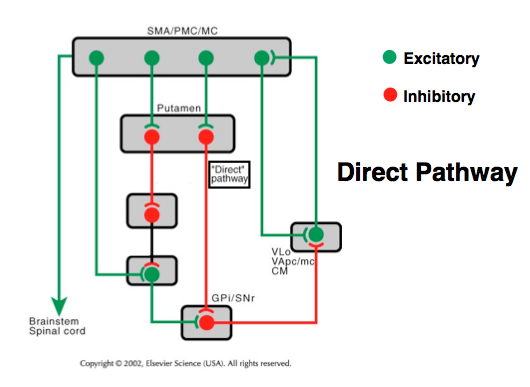Answer: To date, scientists have identified five different classes of dopamine receptors. D1 and D5 excite the cell, while D2, D3, and D4 inhibit the cell.
From https://www.frontiersin.org/articles/10.3389/fncel.2013.00157/full
Dopamine is a monoamine neuromodulator that has a wide variety of actions within the brain. Although it is best known as a “pleasure neurotransmitter” because of its role in the reward signaling pathway, it is also important for the generation of movement (dopaminergic neurotransmission is lost in the substantia nigra in Parkinson's disease, which explains why restoring dopamine helps cure some symptoms.) It also functions in regulation of mood, learning and memory, chronic pain (A Critical Role for Dopamine D5 Receptors in Pain Chronicity in Male Mice), and even creativity. Outside of the brain, it can function in the retina during vision (Neurotransmitters and Receptors: Dopamine).
For dopamine to have an effect, it must act at a dopamine receptor. So far, there are 5 major classes of dopamine receptors: D1, D2, D3, D4, and D5. Each receptor type varies slightly in the genetic sequence that codes for the receptor. They downstream effect of receptor activation can be used to roughly divide the receptors into two groups: The excitatory dopamine receptors, D1 and D5, and the inhibitory dopamine receptors, D2, D3, and D4.
The D1 and D5 receptors are generally excitatory. They are G-protein coupled (metabotropic) receptors. They are coupled to the Gs protein, which increases intracellular levels of cyclic adenosine monophosphate (cAMP). CAMP is a second messenger signaling molecule that can bind to the excitatory cyclic nucleotide gated channels, for example. In cellular level experimental studies, SKF-81297 is a commonly used agonist and SCH-23,390 is a commonly used antagonist.
Unlike the D1 receptors, the D2, D3, and D4 receptors are generally inhibitory. They are G-protein coupled (metabotropic) receptors. These receptors couple with Gi proteins, which decrease cellular excitability by decreasing intracellular levels of cAMP. A commonly used agonist compound in electrophysiological studies is quinpirole, while an antagonist is eticlopride.








